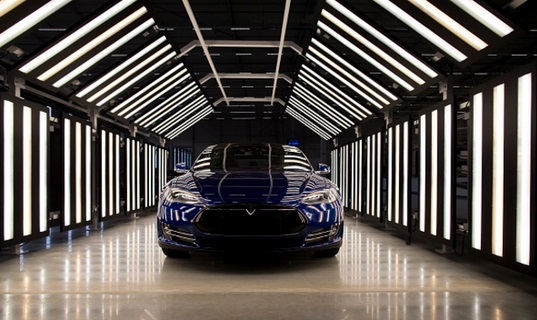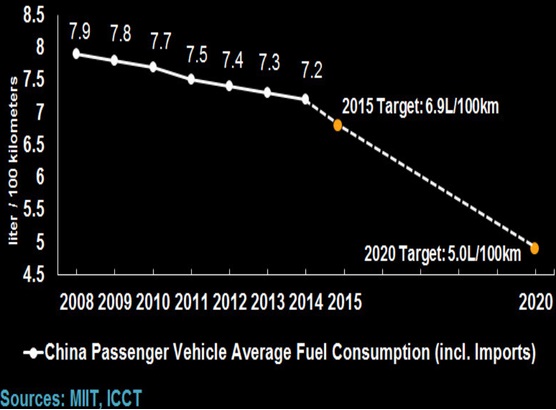
Remember carburetors? They used to be a crucial part of pretty much every car engine. Bob Dylan, Van Morrison and Chuck Berry sang about them. But look under the hood of your car and, unless it's a vintage model or you're living in a developing country, you won't find one. Tougher fuel emissions standards have caused them to be supplanted by fuel injection, a technology which until the 1980s was considered too costly for widespread use outside of performance cars.
There's a lesson in that for the future of automobiles. We like to think the car industry is a free market where demand is driven purely by swings in consumer preference, but in practice, government regulations have shaped investment decisions for decades, and will continue to do so. Why is it that diesel cars make up half of Europe's auto market and barely one percent in the U.S.? As Bloomberg's Leonid Bershidsky has pointed out, it's largely a result of European Union rules favoring diesel as a way of reducing CO2 emissions.
That's reason to pay close attention to China's drive to increase the market share of new energy vehicles. Local governments in the world's largest car market now have to dedicate 30 percent of their fleet purchase to battery-, hybrid-, and fuel cell-powered cars, and will lose fuel and operating subsidies if they fall short. The country's State Grid is accelerating the roll-out of charging stations, according to state-owned media, and mobile-phone infrastructure owner China Tower is being recruited to the task, people with knowledge of the matter said. Car parks in new apartment blocks will have to be charging-station ready, further helping to address a shortage that's been one of the main impediments to electric-vehicle sales.

It's easy to pooh-pooh the rate of this development. It took almost 18 years for Toyota to sell its 8 millionth hybrid vehicle, a milestone that the global automotive industry passes every six weeks when gasoline and diesel vehicles are counted. The share of new energy vehicles sold in the U.S. has actually declined over the past year, to 2.9 percent of the market from January through October, compared with 3.6 percent last year. While Bloomberg New Energy Finance estimates the total number of new energy vehicles sold in China will rise to 1.9 million by 2020 from 154,000 over the past five years, that's still little more than a month's worth of total Chinese car sales, and well short of the government's 5 million target.
But technological change is often seen most easily in the rear-view mirror: The first half of the chessboard is a lot harder to cross than the second. Looked at from the perspective of the 1920s, you'd have missed the decline of horse-power over the past century. Nazi Germany conscripted 625,000 draft horses to haul equipment for the 1941 invasion of the U.S.S.R., according to David Edgerton's book "Shock of the Old." Few mainstream analysts forecast that wind energy would become the cheapest form of electricity in the U.K. and Germany until it happened. Five years ago, fewer than five alternative-fuel models were available in the U.S., according to research by Bloomberg New Energy Finance. That will rise to 60 by 2017.
The more important guide to the future is the behavior of automotive executives making long-term decisions about their money. China's largest carmaker SAIC Motor said Thursday it's selling 15 billion yuan ($2.4 billion) of new shares to fund development of new energy vehicles such as hybrids, plug-in battery cars, and fuel-cell models. Toyota wants to reduce the emissions from its fleet by 90 percent by 2050 and is introducing an updated Prius early next year that will compete with Nissan's revamped electric Leaf coming on the market this fall. BMW's research and development chief Klaus Froehlich thinks electric vehicles will make up 10 percent of all cars on the road by 2025, according to an interview last month with Engineering News magazine. Given that perhaps half of the 2025 car fleet is already driving around (the average car in the U.S. is 11.4 years old), that's a significant slice of the market.
Gasoline cars still have decades of decent sales ahead of them, just as carburetors did in the 1970s. But with exhaust pollution choking Chinese and Indian cities, Apple and Google putting their phenomenal research and development budgets into electric vehicles, Tesla investors throwing cash onto Elon Musk's capex bonfire, and VW's push to sell green diesel in tatters, the world has passed an inflection point. Automobile companies that don't have a plan to deal with that future will suffer.

